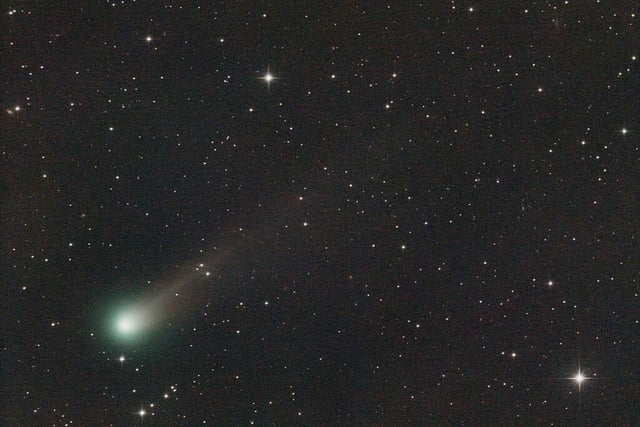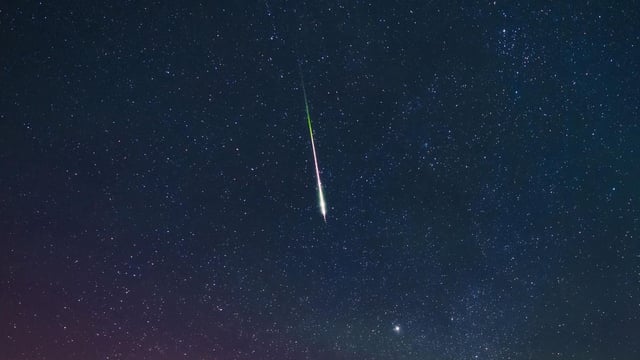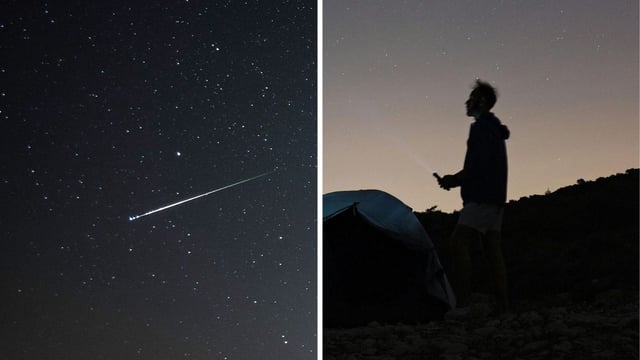Overview
- The Orionids are now active and forecast to reach their best rates overnight Oct. 21–22, with dark, new‑moon conditions favoring visibility across both hemispheres.
- Observers can expect bright, fast meteors that originate from Halley’s Comet dust, with particles hitting the atmosphere at about 41 miles per second.
- The Draconids run Oct. 6–10 with a peak near Oct. 8 of roughly 10 meteors per hour, though a near‑full moon will make the display harder to see.
- Three green comets discovered this year—C/2025 A6 Lemmon, C/2025 R2 Swan and C/2025 K1 Atlas—could brighten this month for binocular or possible naked‑eye views, though forecasts remain uncertain.
- Comet Lemmon is due closest around Oct. 20–21 as the Orionids peak, Comet Swan nears closest approach Oct. 20 and may produce a faint outburst around Oct. 5, and observers should follow NASA or apps like Stellarium for real‑time updates and use dark skies with 30 minutes for eye adaptation.


